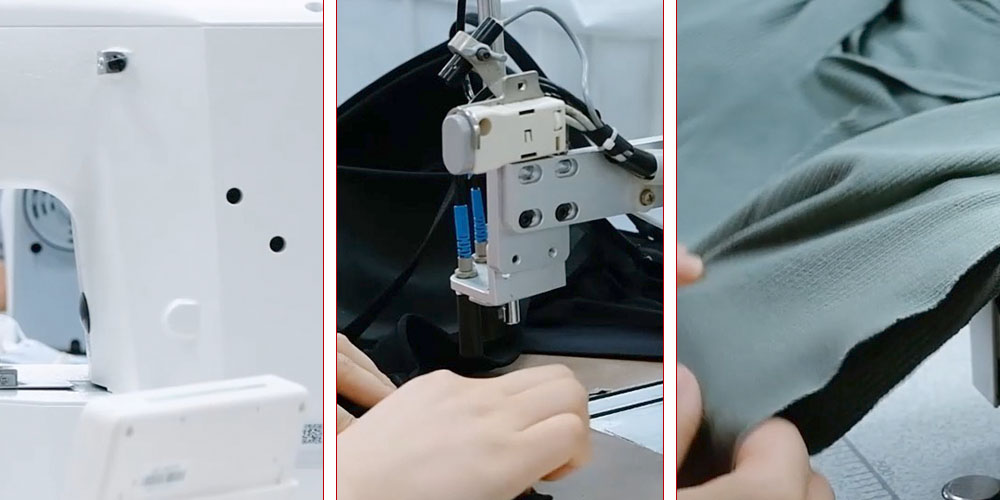Customization transformation of the clothing industry
 2025-04-17
2025-04-17

 Sansansun
Sansansun
Clothing is an eternal emerging industry and fashion industry, because clothing, food, and housing are the most basic needs of human beings, and are also the forefront and vane of industrial development. In the past four hundred years, the industrialization process around the world has almost started from the clothing industry.
With the widespread application of technologies such as the Internet, big data, and artificial intelligence in the economic and industrial fields, digitalization, intelligence, fashion, customization, and e-commerce are becoming the general trend of the development of the entire industry. With the support of the industrial Internet and the Internet of Things, flexible manufacturing and reverse customization are further promoting industrial innovation and transformation and upgrading of clothing customization. With the continuous cultivation and maturity of large-scale personalized customization models, clothing customization will become a major trend.

Market size and growth trend
Size: The global customized clothing market size in 2024 is about US$2.30313 billion, and it is expected to reach US$4.23145 billion by 2032, with a compound annual growth rate of 7.9% during 2024-2032.
Growth trend: The growing demand for personalization and self-expression, especially among the younger generation, has driven the expansion of the customized clothing market. Advances in digital printing technology have made small-batch, high-quality custom production more affordable. The rise of e-commerce platforms has also made customized clothing more accessible to consumers. In addition, the increase in corporate demand for branded clothing and consumers' emphasis on sustainable customization options are key factors driving market growth.
Market Drivers
Personalized demand: Consumers are increasingly seeking unique clothing that reflects their personality and lifestyle, and customized clothing meets this demand.
Technological Advances: The development of digital printing technology has made the production of customized clothing more efficient and economical, enabling high-quality small-batch production. At the same time, the popularity of e-commerce platforms and online customization tools allows consumers to easily design and purchase customized clothing.
Corporate Demand: Corporate demand for customized clothing is also increasing for marketing and team building, such as customized clothing with company logos.
Sustainability: Consumers' increased concern for environmental protection and sustainability has driven the demand for customized clothing with environmentally friendly fabrics and ethical production practices.

Regional Analysis
North America: It will account for the largest market share of about 35% in 2024, mainly due to the maturity of e-commerce platforms, advanced customization technology, and high consumer spending on personalized clothing. The United States and Canada are the main markets in the region.
Europe: With a market share of about 30%, its rich fashion heritage and innovative retail technology drive the market. The UK, Germany, and France are the major markets in the region.
Asia Pacific: It is the fastest growing market with a market share of about 20%, driven by rising disposable income, increasing internet penetration, and the influence of western fashion trends. China, India, and Japan are the major markets in the region.
Latin America and Middle East & Africa: With a combined market share of about 15%, the increasing internet penetration, expanding retail infrastructure, and increasing attention of wealthy consumers to personalized clothing in these regions provide opportunities for growth in the market.

Competitive Landscape
Major players: These include Adidas AG, Allied Shirts, Amazon.com Inc., CafePress Inc., Carhartt Inc., and Cimpress Plc. These players enhance customer experience and increase market share through e-commerce platforms and digital design tools.
Emerging players: Some emerging players and niche brands are gaining attention by addressing specific consumer needs, such as sustainable materials, regional cultural influences, and affordable prices.

 Inquire(
Inquire(
 HOME
HOME Sportswear is the fashion choice for fitness people
Sportswear is the fashion choice for fitness people  You May Also Like
You May Also Like






















 Tel
Tel
 WhatsApp
WhatsApp
 Email
Email
 Address
Address






